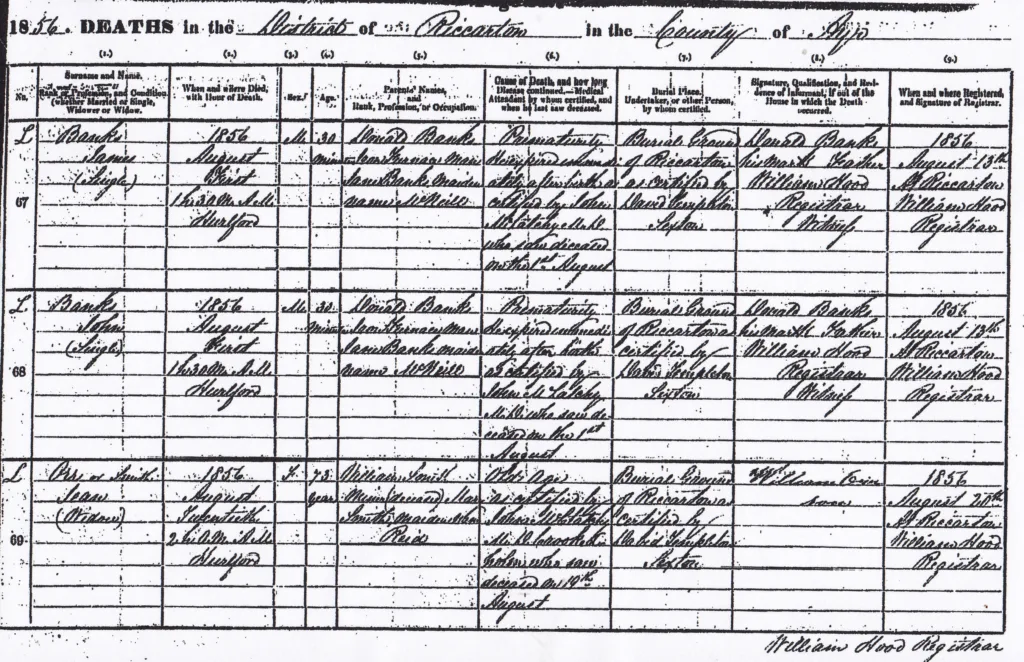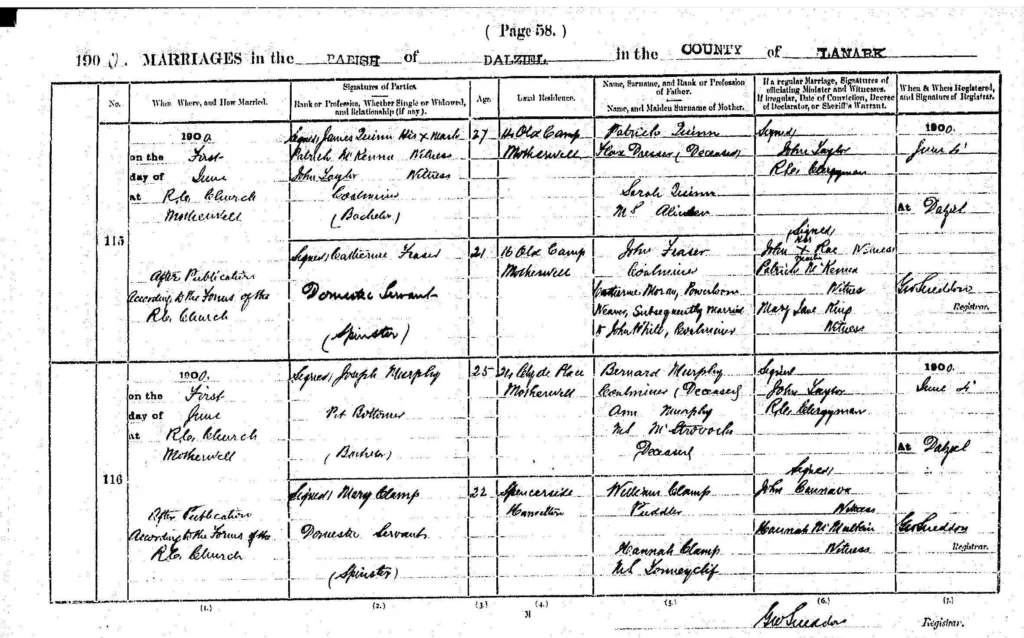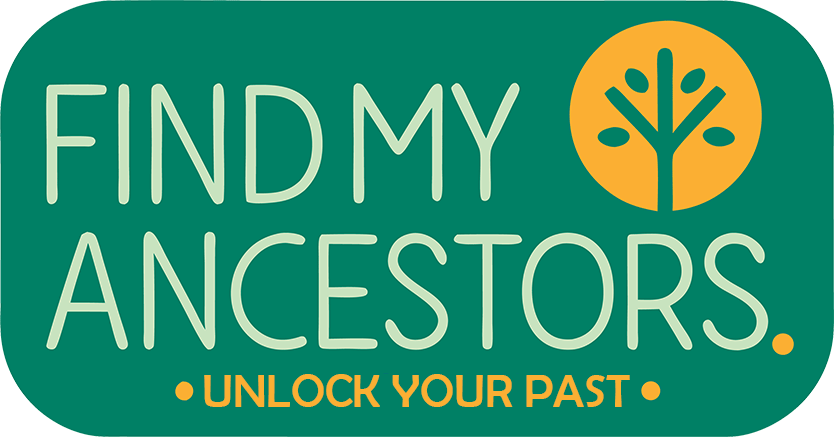If you’re tracing your Scottish ancestors, one of the best places to start is with BMD records, that’s short for births, marriages, and deaths. These official records offer the key facts that help build the backbone of your family tree.

But if you’re new to family history, Scottish records can feel a bit confusing at first. What do they include? Where do you find them? And how much detail do they provide?
This beginner’s guide will explain what Scottish BMD records are, how to use them, and where to find them online so you can search with confidence and make real progress in your family history journey.
What are BMD records?
BMD stands for births, marriages, and deaths, the three vital events that make up the most important parts of civil registration. In Scotland, civil registration began in 1855, which means that from this date onwards, births, marriages, and deaths were officially recorded by the state.
Before 1855, these events were usually recorded in parish registers, kept by the Church of Scotland. Those earlier records are useful too, but they’re often less detailed.
Why are BMD records so useful?
Each BMD record tells you something unique:
Birth records include:
- Full name of the child
- Date and place of birth
- Names of both parents (including the mother’s maiden name)
- Occupation of the father
- Date and place of parents’ marriage
This can help you link generations and confirm maiden names.
Marriage records include:
- Names of both parties
- Ages and occupations
- Date and place of marriage
- Names of both sets of parents, including mothers’ maiden names
- Signatures of witnesses and the officiating minister or registrar
This is often the most detailed of the three record types.

Death records include:
- Full name of the deceased
- Date and place of death
- Age
- Cause of death
- Occupation or relationship status (e.g. “widow of…”)
- Names of parents (if known), including the mother’s maiden name
- Name of the person who registered the death (often a family member)
Death records can help you track back when someone disappears from census records or to confirm final details.
Where can I find Scottish BMD records?
The main place to find official Scottish BMD records is ScotlandsPeople.
Here’s how it works:
- Create a free account
- Use the “Statutory Registers” section
- Search by name, date range, and location
- You’ll see index results for free
- To view the full record image, you’ll need to buy credits (about £1.50 per image)
You should download and save digital copies (PDF or JPG image) of the certificates, which helps keep your local records organised.
How far back do the records go?
Scottish BMD records begin in 1855, and as of now, you can access the following on ScotlandsPeople:
- Births: 1855–1923
- Marriages: 1855–1948
- Deaths: 1855–1973
Cut-off periods exist to protect privacy, but more years become available each January.
What if I’m looking for earlier records?
If you’re researching someone born, married, or who died before 1855, your best bet is to look in the Old Parish Registers (OPRs). These are also available on ScotlandsPeople, and while less detailed, they can still provide key clues.
📖 Read: What’s in a Scottish parish record? A beginner’s guide
Tips for beginners using BMD records
- Be flexible with spelling: Names can vary over time or be misspelled
- Widen your search years: People didn’t always know exact birth dates
- Use parents’ names to confirm matches: Especially if you find multiple people with the same name
- Download the images: Don’t rely on just the index, as the full record has much more detail or may have transcription errors
- Keep notes in a research log: Track what you’ve found, what you’re missing, and where you’ve searched
Scottish BMD records are a goldmine for family historians. They’re detailed, reliable, and often reveal more than you expect. Whether you’re confirming a birth date or discovering a previously unknown grandmother’s maiden name, these records help you tell the real story of your ancestors’ lives.
And once you’ve started using BMD records, you’ll have a stronger foundation for exploring other sources like census records, parish registers, and even family storytelling.
